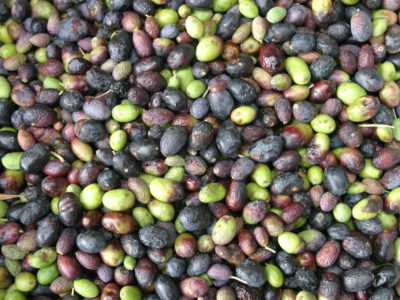The olive tree, Olea europaea, has been cultivated in the Mediterranean for thousands of years, and it takes back to ancient Mesopotamia! The small olive tree has been cultivated for its unique fruit and the oil that the fruit bears. Culinary or “table” olives are separated into three categories: green olives, semi-ripe/turning-color olives, and black/ripe olives. Olives of all three types are typically cured using a variety of methods before they are consumed, so 100g of olives contains over 100% the RDV for sodium. Otherwise, olives are nutritionally rich in vitamin E and polyphenols (Spanish Manzanillo olives have the highest content of any of the cultivars), but they do not contain a notable amount of any other nutrient. Olives are munchable on their own, but some of my favorite recipes that include them are my AIP-friendly Spanish Picadillo and Thanksgiving Frittata.
Olives are conveniently available by the jar on Amazon.


 Mushroom
Mushroom